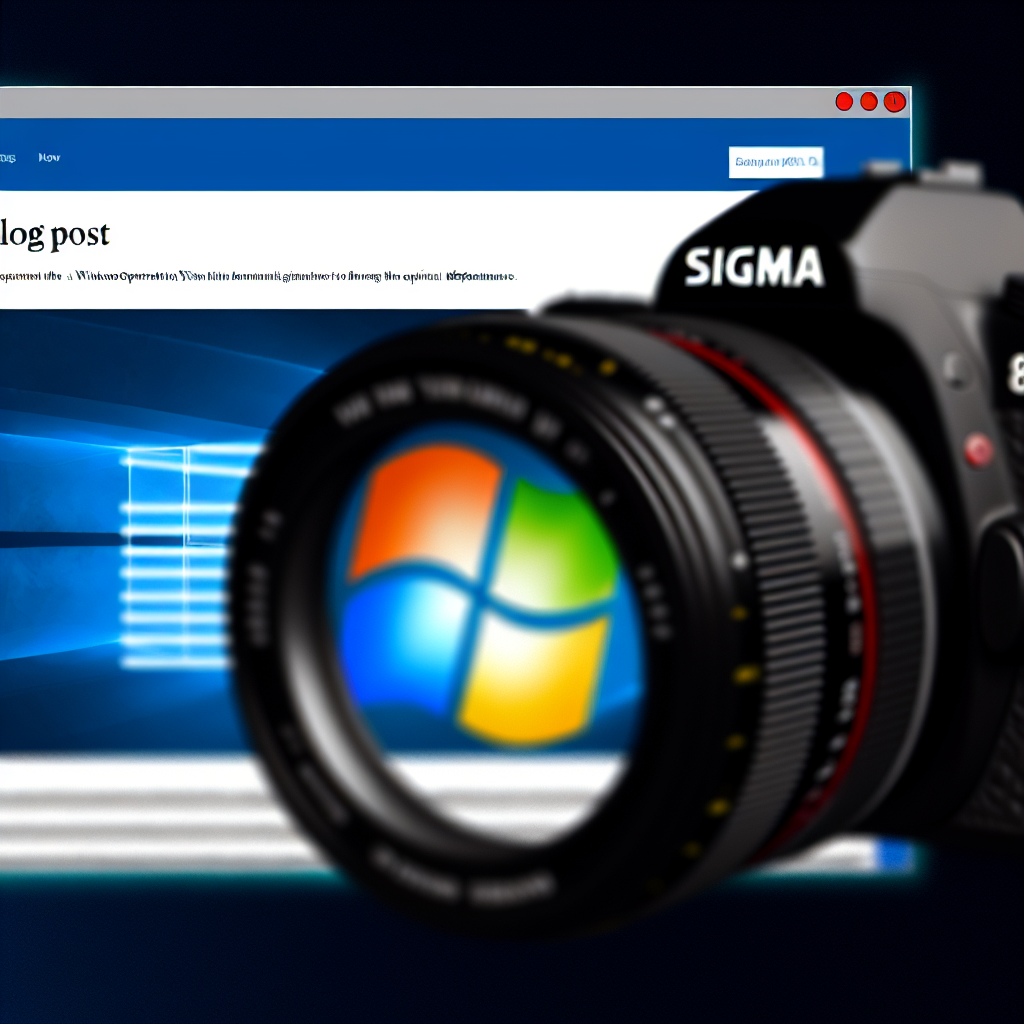For gamers and power users, ensuring that Windows utilizes your dedicated GPU can significantly boost performance and graphical fidelity. However, Windows sometimes defaults to integrated graphics for certain applications, reducing potential speed and quality. In this guide, we’ll explore effective methods to force Windows to use your dedicated GPU consistently, ensuring optimal performance.
Adjusting Graphics Settings via Windows and Graphics Control Panel
One of the first steps to force Windows to use your dedicated GPU is through the system’s graphics settings and control panels provided by GPU manufacturers like NVIDIA or AMD. These settings override default behaviors and assign high-performance graphics to specific applications.
- Using Windows Graphics Settings: Navigate to Settings > System > Display > Graphics. Here, you can browse or search for the applications or games you want to prioritize. Select the app, then click Options and choose High Performance. This directs Windows to use your dedicated GPU whenever that program runs.
- Graphics Card Control Panel: Access your GPU’s dedicated control panel, such as NVIDIA Control Panel or AMD Radeon Settings. Within these, locate the section for managing 3D settings or Application Profiles. Create or modify profiles to assign your dedicated GPU to preferred applications explicitly. This method provides granular control and often yields more consistent results than Windows defaults.
Applying these settings ensures that the selected applications leverage the power of your dedicated GPU, especially during demanding tasks like gaming or 3D rendering.
Prioritizing Hardware Usage via Power and Device Settings
Beyond configuration via control panels, optimizing your Windows power management and device settings ensures the GPU is properly utilized. Windows sometimes defaults to power-saving modes or switches hardware dynamically, which can inhibit the use of your dedicated GPU.
- Adjust Power Settings: Go to Control Panel > Power Options, then select High Performance. This setting prevents Windows from throttling hardware to save energy, ensuring your GPU remains active when needed.
- Device Manager Tweaks: Open Device Manager, expand the Display Adapters section, right-click your dedicated GPU, and select Disable temporarily to test behavior, then enable it again. For persistent configuration, ensure your GPU drivers are updated and recognize your hardware as the primary display interface. Proper driver installation and updates can significantly influence how Windows manages GPU resources.
Additionally, some laptops or desktops with integrated and dedicated GPUs can have BIOS or UEFI settings that prioritize integrated graphics. Accessing these settings at startup can allow you to manually designate your dedicated GPU as the primary device, further ensuring it is used effectively.
Conclusion: Forcefully configuring Windows to use your dedicated GPU involves a combination of adjusting system graphics settings, configuring GPU control panels, and optimizing power/device preferences. By following these steps, you can enhance performance and graphical fidelity across your applications and games. Remember to keep your GPU drivers updated for the best compatibility and performance, and regularly review your settings to maintain optimal GPU utilization.
